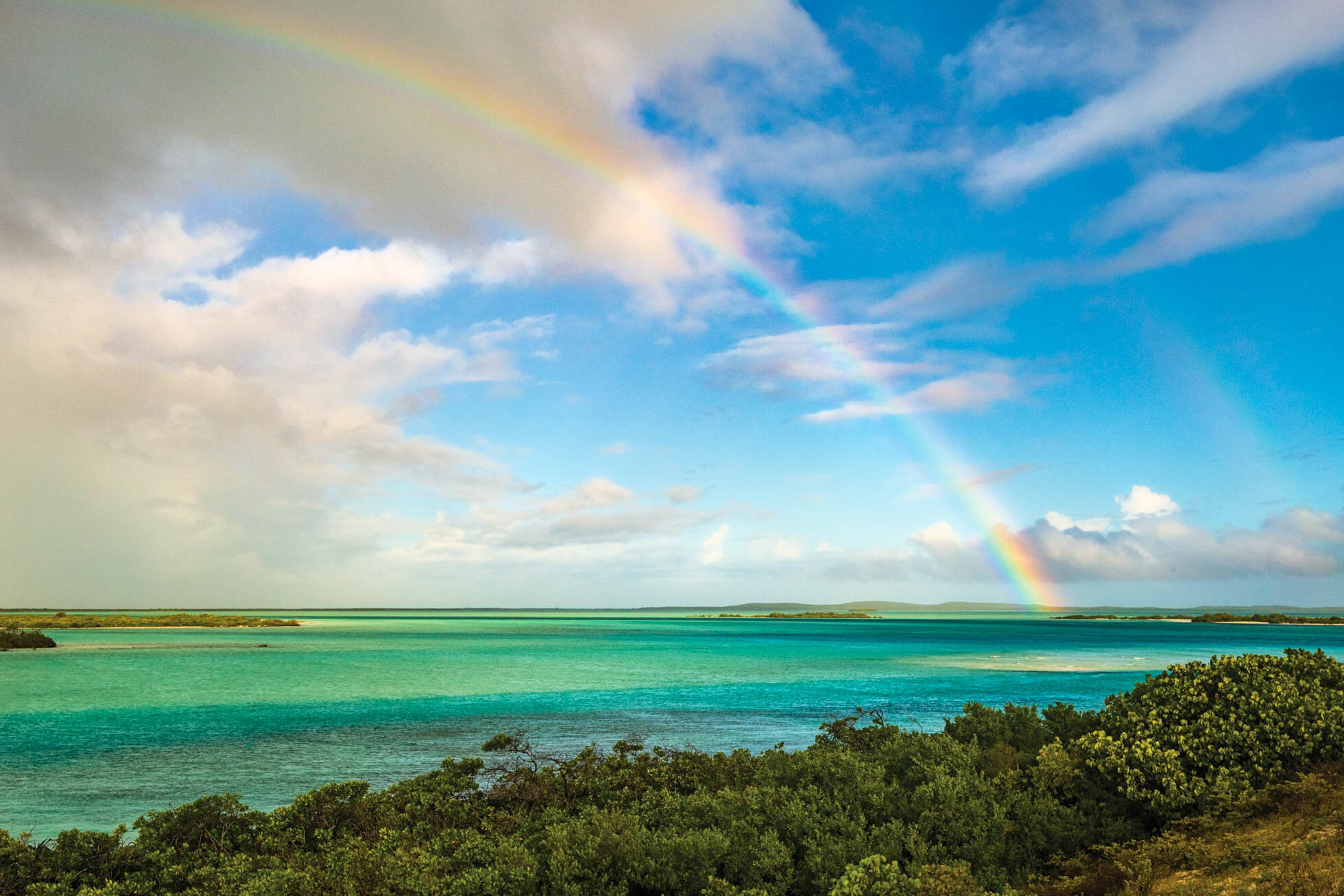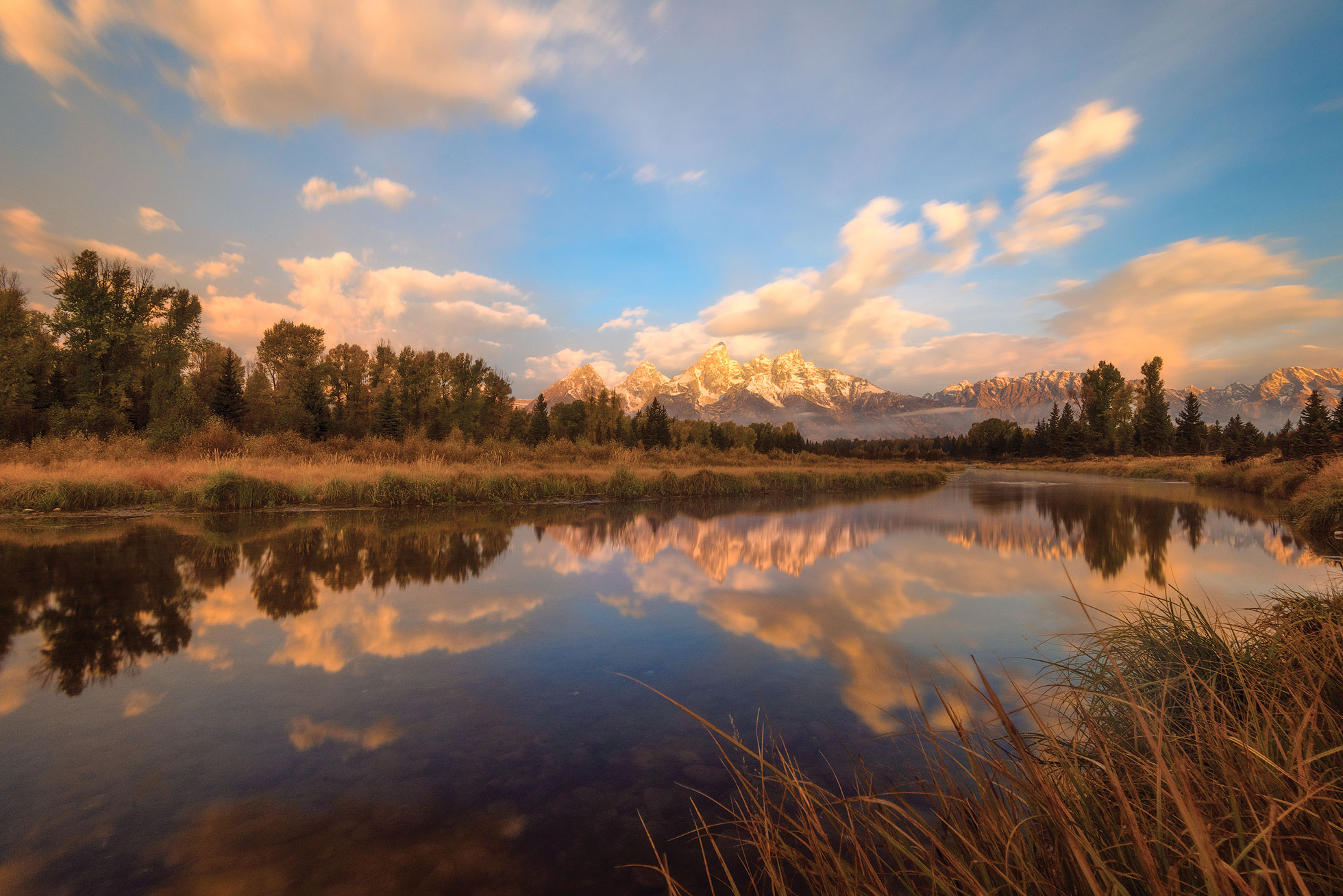A couple weeks ago I posted an article encouraging you to get out and capture Mother Nature’s Atmosphere in the fog, snow, rain and frigid temperatures. I believe that dramatic and inclement weather can create incredible opportunities for some of the most unique and compelling nature images. These moments happen amongst stormy skies and when the weather clears just enough to let light through. I also believe that even in what appears to be a dreary day, there is beauty to be found if we open our minds and think creatively to see the extraordinary in the ordinary.
So today I have 4 tips for capturing Mother Nature’s Atmosphere:
1) Let go of Expectations -
Head out with an open mind and without expectation for what you will capture. As a general rule, I try to do this whenever I go out to shoot but I think it is especially important when the weather is behaving unpredictably. Sometimes we can have a particular kind of beauty or image in our heads and that can blind us from seeing a different kind of beauty right in front of us.
The image below is captured at the iconic Oxbow Bend on a winter’s morning in 2016. Beyond these trees is typically where you would see Mt. Moran but on this morning, you would not know the Tetons were there. Instead of driving past, I captured the beauty of the mist and snow among the trees. While I hoped for a different view that morning, I made the most of what WAS in front of me and I really love the winter magic in this image.
2) Consider Different Focal Lengths & Perspectives - As landscape photographers, we are often drawn to the grand view and wide angle scenery. Sometimes the beauty will be in the expansive scene. But often we can find it in smaller segments of the landscape.
An overcast evening with low lying clouds at Emerald Lake in Yoho National Park created a beautiful atmosphere surrounding the Emerald Lake Lodge & its iconic restaurant view. Across the lake I was drawn to the way the low clouds mixed in the trees and reflected in the still waters of Emerald Lake. While I captured the wider view and loved it, I also used my telephoto lens to capture a smaller and more detailed scene. This is one of my favorite recently edited images.
One of the days of the September 2019 Magic in the Tetons retreat was extremely overcast and rainy. While we enjoyed a little extra sleep and a nice breakfast in town together, we also were determined to find some beauty in the day. The sky above was pretty dreary but the low clouds were beautiful as they floated through the evergreen trees. I grabbed my Sigma 150-600 to capture the atmosphere on the side of the mountainside. As much as I love my Teton views, this is one of my favorite images from the retreat. And I love how it shows the beauty we found even in some of the dreariest conditions.
3) Be Patient - Sometimes Mother Nature’s dramatic weather is spectacular in an obvious way, such as when a storm is brewing and the ominous clouds are passing over the mountains or ocean in the distance and you can comfortably capture the incredible drama. Other times, she brings consistent rain or overcast clouds. There are days the cloud cover or rain simply does not let up, but holding patience for a partial clearing, or even a single moment of light, can lead to incredible images. In those brief periods of light between the dreary skies, or waiting out the downpours, we can find amazing beauty. Sometimes even a lackluster sunset can become colorful a short while after the sun goes below the horizon.
While in Turks & Caicos, my husband and I rode our bikes 3 miles to the edge of South Caicos for sunrise one morning. While we were there, we got caught in a downpour and we ran off to an abandoned building for shelter. Instead of leaving, we waited out the rain as I was hopeful that the clearing of the clouds would create some beautiful light. Not only did we get a bit of clearing, but we also got a beautiful rainbow, and actually a hint of a double rainbow too!
On this evening of the Magic in the Tetons retreat, we arrived a little before sunset to rather cloudy skies. I found the intense blue clouds and yellow fall foliage to be a stunning contrast. Sunset itself was quite lackluster but we held on for awhile just waiting well past when the sun went below the horizon. Our patience paid off as about 20 minutes after ‘sunset’, this incredible pink appeared in the sky, enhanced by the long exposures we were shooting.
4) Get Out There!
Even when the forecast is questionable, get out there anyway! Yes, sometimes you may get skunked but quite often you’ll find unexpected beauty or the weather will break at just the perfect moment. There have been so many times I have gone out in rain, freezing rain, or overcast clouds wondering if the shoot would be a bust and come home with images I love. In some cases Mother Nature surprised me by bringing a well timed clearing or beautiful colors in the clouds. Other times I found beauty in unexpected ways.
On this day in Banff National Park, the clouds covered the mountains and the sky was dreary and overcast, but a brief window of light came along at the perfect time over Bow Lake. In the drive from Lake Louise to Bow Lake, the clouds left little hope of finding this beauty, but there it was. Worth the effort!
As my friends and I drove 20 minutes from Dana Point, CA to Crystal Cove, the rain came down on us. We knew our efforts may be in vain, but we were only there for one more night and we wanted to make an effort. This was also an outing to see this place that was so special to my friend, Brynn Schmidt. As we parked, the rain was beginning to let up and we could see the makings of incredible light. We practically sprinted to the beach and could barely set up our tripods fast enough. I don’t think we even spoke to each other for 30 minutes and we raced to capture the beauty in front of us. When we left our hotel earlier that afternoon, this sunset would never have been what we predicted. Go out anyway! It won’t pay off every time, but sometimes it will.
Lose your expectations, open your mind, practice patience and perseverance! Capture the beauty of Mother Nature’s atmosphere!
While at the moment, many places are off limit to us as we ‘social distance’ and ‘shelter in place’, I look forward to when I am able to travel again, both locally and across the world. In the meantime, I am traveling virtually through my image catalog and finding many images yet to be edited. I’m storing away my ideas and inspiration for the day I can travel again and hope you do too! In the meantime, reach out to me if you' have any topics you’d like to read about as we shelter in our homes. Stay healthy!
My online landscape photography workshop, The World Around You, is now open for registration! Sign up at Click Photo School.
Kristen Ryan is an award winning and published landscape and fine art photographer and educator residing in the Midwest suburbs of Chicago. All images are available for purchase in the Fine Art Store or by request. Kristen leads ladies landscape photography retreats in the Tetons, Chicago, and the Canadian Rockies, offers private mentoring and teaches an online landscape photography workshop, The World Around You.

































